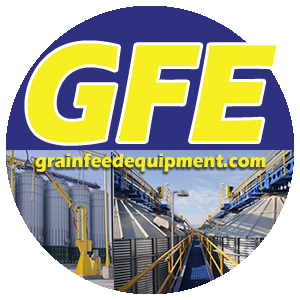You manage two similar-sized country elevators that handle similar amounts of wheat, soybeans, and corn, with similar-sized dryers. One dryer was installed in 1985 and the other in 2009.
You notice that when you are paying electric bills, the facility with the old dryer has higher bills. You decide to record your electrical cost from your meters every month.
You see that the electrical use at the facility with the old dryer is 25% higher during harvest. After investigating the equipment and having your electrician measure electrical use of both dryers, you determine that the 200-hp dryer heating and 60-hp cooling fans on the old dryer are using substantially more electricity than the two newer, high-efficiency, 125-hp heating and cooling fans on the new dryer.
At a wide-ranging Opening Workshop Feb. 25 at GEAPS Exchange 2017 in Kansas City, MO, one of the main topics covered was how to maximize energy efficiency by selecting and installing the right motors. Chuck Kunisch, facility manager, Michigan Ag Commodities, Marlette, MI (989-635-3578), provided this case study during the workshop to illustrate how this works.
The 200-hp motor has been rewound two times; the motor tag does not even tell the original efficiency of the motor. However, you know the efficiency is low due to the age of the motor and the rewinds. You decide that this motor needs replacing. You do the research and find out a new 200-hp high-efficiency motor cost is $10,000, soft start $6,000, and installation $3,000.
You convince your board that the old 200-hp motor should be replaced for energy savings and reliability reasons. Before and after you replace the motor, you get your electrical contractor to record the electrical use of the motors with a fluke meter.
The old motor used 190 kw/hour, and after installation, the new motor uses 150 kw/hour. Your electrical cost is $0.13/kw-hour. You also qualify for an energy rebate from your energy supplier of $34 per horsepower for replacing the old motor with a high-efficiency motor. You estimate that drying wheat, soybeans, and corn, you run the dryer for 1,900 hours per year.
Energy Usage Comparison
Old Motor
- One 200-hp standard heating fan
- 190-kw per hour
New Motor
- 200-hp high-efficiency heating fans
- 150-kw per hour
For this case study, use the provided information to calculate what your electrical savings are when comparing the new and old motors and what the payback/year is. Also, calculate how many years it will take to pay off the new motor installation to prove to the board that it was a good expenditure of funds.
Reprinted from GRAIN JOURNAL May/June 2017 Issue

